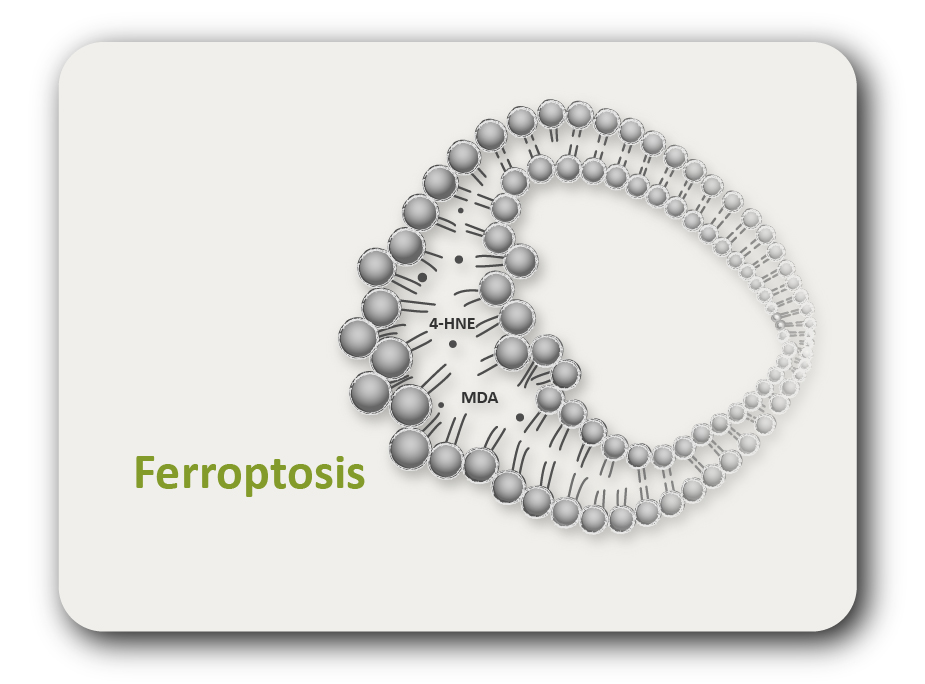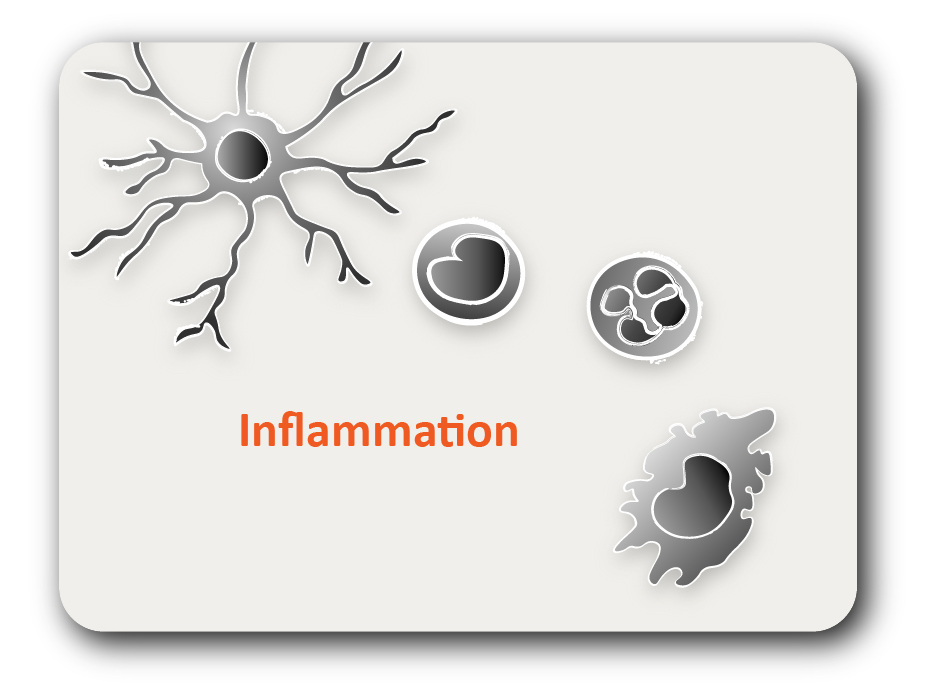ARG83648
Human ACHE ELISA Kit
Human ACHE ELISA Kit for ELISA and Human
Overview
| Product Description | ARG83648 Human ACHE ELISA Kit is an Enzyme Immunoassay kit for the quantification of Human ACHE in serum, plasma (heparin, EDTA) and cell culture supernatants. |
|---|---|
| Tested Reactivity | Hu |
| Tested Application | ELISA |
| Target Name | ACHE |
| Conjugation | HRP |
| Conjugation Note | Substrate: TMB and read at 450 nm. |
| Sensitivity | 15 pg/ml |
| Sample Type | Serum, plasma (heparin, EDTA) and cell culture supernatants. |
| Standard Range | 62.5 - 4000 pg/ml |
| Sample Volume | 100 μl |
| Precision | Intra-Assay CV: < 10% Inter-Assay CV: < 10% |
| Alternate Names | ACHE; Acetylcholinesterase (Yt Blood Group); Acetylcholinesterase (Cartwright Blood Group); Acetylcholinesterase; Yt Blood Group; EC 3.1.1.7; YT; Apoptosis-Related Acetylcholinesterase; EC 3.1.1; ARACHE; N-ACHE; ACEE; AChE |
Application Instructions
| Assay Time | 4 hours |
|---|
Properties
| Form | 96 well |
|---|---|
| Storage Instruction | Store the kit at 4°C, -20°C. Keep microplate wells sealed in a dry bag with desiccants. Do not expose test reagents to heat, sun or strong light during storage and usage. Please refer to the product user manual for detail temperatures of the components. |
| Note | For laboratory research only, not for drug, diagnostic or other use. |
Bioinformation
| Database Links | |
|---|---|
| Gene Symbol | ACHE |
| Gene Full Name | Acetylcholinesterase (Yt Blood Group) |
| Background | Acetylcholinesterase hydrolyzes the neurotransmitter, acetylcholine at neuromuscular junctions and brain cholinergic synapses, and thus terminates signal transmission. It is also found on the red blood cell membranes, where it constitutes the Yt blood group antigen. Acetylcholinesterase exists in multiple molecular forms which possess similar catalytic properties, but differ in their oligomeric assembly and mode of cell attachment to the cell surface. It is encoded by the single ACHE gene, and the structural diversity in the gene products arises from alternative mRNA splicing, and post-translational associations of catalytic and structural subunits. The major form of acetylcholinesterase found in brain, muscle and other tissues is the hydrophilic species, which forms disulfide-linked oligomers with collagenous, or lipid-containing structural subunits. The other, alternatively spliced form, expressed primarily in the erythroid tissues, differs at the C-terminal end, and contains a cleavable hydrophobic peptide with a GPI-anchor site. It associates with the membranes through the phosphoinositide (PI) moieties added post-translationally. AChE activity may constitute a sensitive biomarker of RBC ageing in vivo, and thus, may be of aid in understanding the effects of transfusion[provided by RefSeq, Sep 2019] |
| Function | Hydrolyzes rapidly the acetylcholine neurotransmitter released into the synaptic cleft allowing to terminate the signal transduction at the neuromuscular junction. Role in neuronal apoptosis. [Uniprot] |
| Cellular Localization | Cell membrane, Membrane, Nucleus, Secreted, Synapse. [Uniprot] |
| PTM | Disulfide bond, Glycoprotein, GPI-anchor, Lipoprotein. [Uniprot] |
Images (1) Click the Picture to Zoom In
| Title | Download Link |
|---|---|
| ARG83648 Human ACHE ELISA Kit User manual |
 Download Download
|






